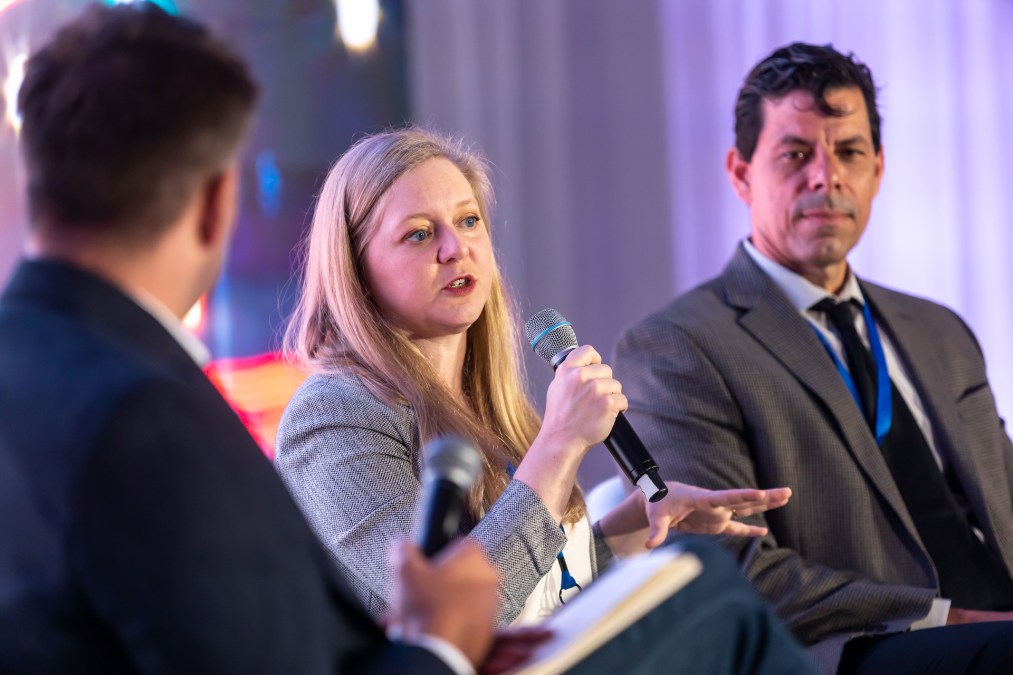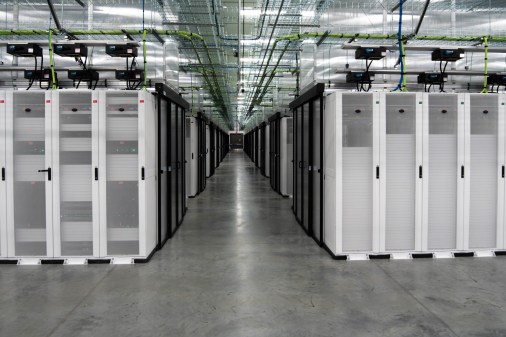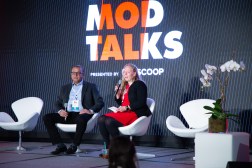‘I will never trust a bot’: How the Labor Dept. overcame cultural resistance to RPA

When Department of Labor innovation chief Krista Kinnard first proposed the idea of using robotic process automation for a procurement application, the idea wasn’t very well received by contracting officials, to say the least.
“I sat down with a bunch of contracting officers and said I’m going to build a bot. And I had people look me dead in the eye and say, ‘I will never trust a bot,'” Kinnard, Labor’s director of innovation and engineering, said at the UiPath Together Public Sector summit.
Fast forward to today, and now 140 people use that bot on a daily basis and save “hundreds of thousands of dollars every year” in doing so, she said. And under Kinnard’s leadership, the department has further expanded its RPA work to other areas like HR processing, hiring, and other administrative tasks.
How was Kinnard able to make believers and willing users out of skeptics? “You have to bring people along on the journey,” said Kinnard, who has led emerging technology at DOL for a number of years and was recognized by the Partnership for Public Service’s Service to America Medals program for her work with RPA.
“These contracting officers go to be part of our development process,” from the early steps to build the bot to working through when it didn’t work the first time, she said. “And now they are the biggest champions of automation. They are not only coming to me saying let’s build more bots, they are going to the rest of the organization and saying, ‘Hey, we’ve got this really great bot, you guys need to get a really great bot too.'”
Kinnard said government agencies like Labor are “at this really great nexus where the culture is finally ready to say yes, bots are an amazing tool to help us get our job done.”
And there’s an opportunity to build off of the increased appetite for bots, — particularly as federal agencies innovate and pilot robotic process automation use cases — to share and connect applications across agency borders, she said.
“There is the really great opportunity to say: ‘You have a system over here, I have a system over here. Let’s really make the systems the most powerful they can be by letting them talk to each other through automation,'” Kinnard said. “That’s really where I see the next few years of automation going to next.”






